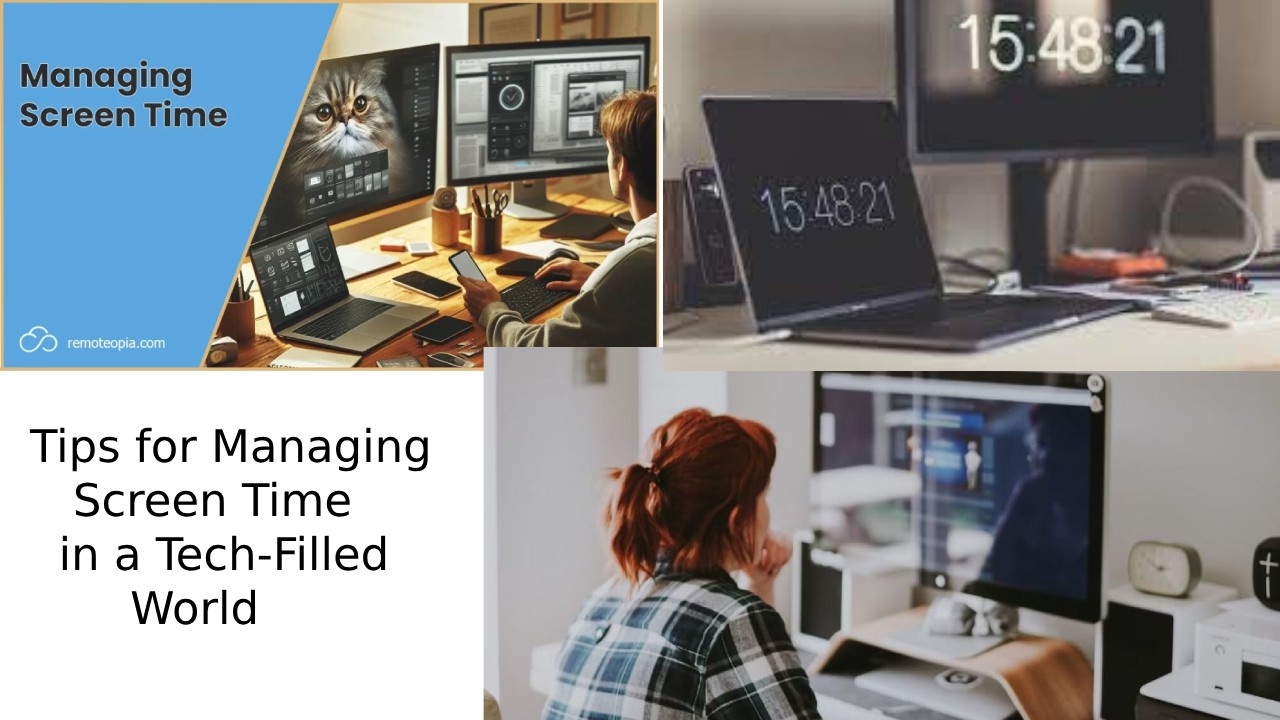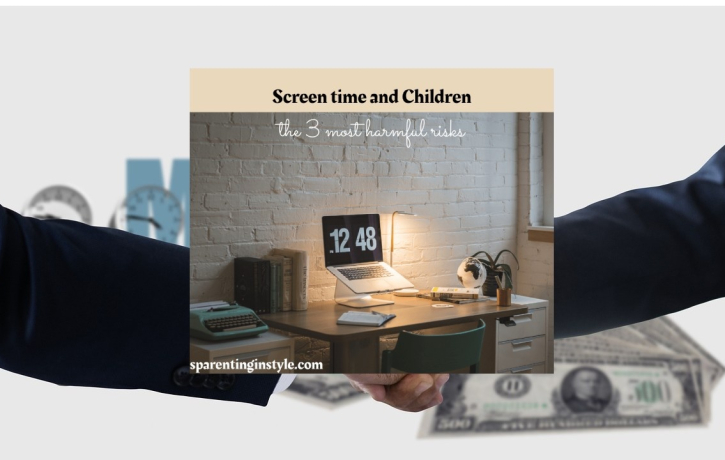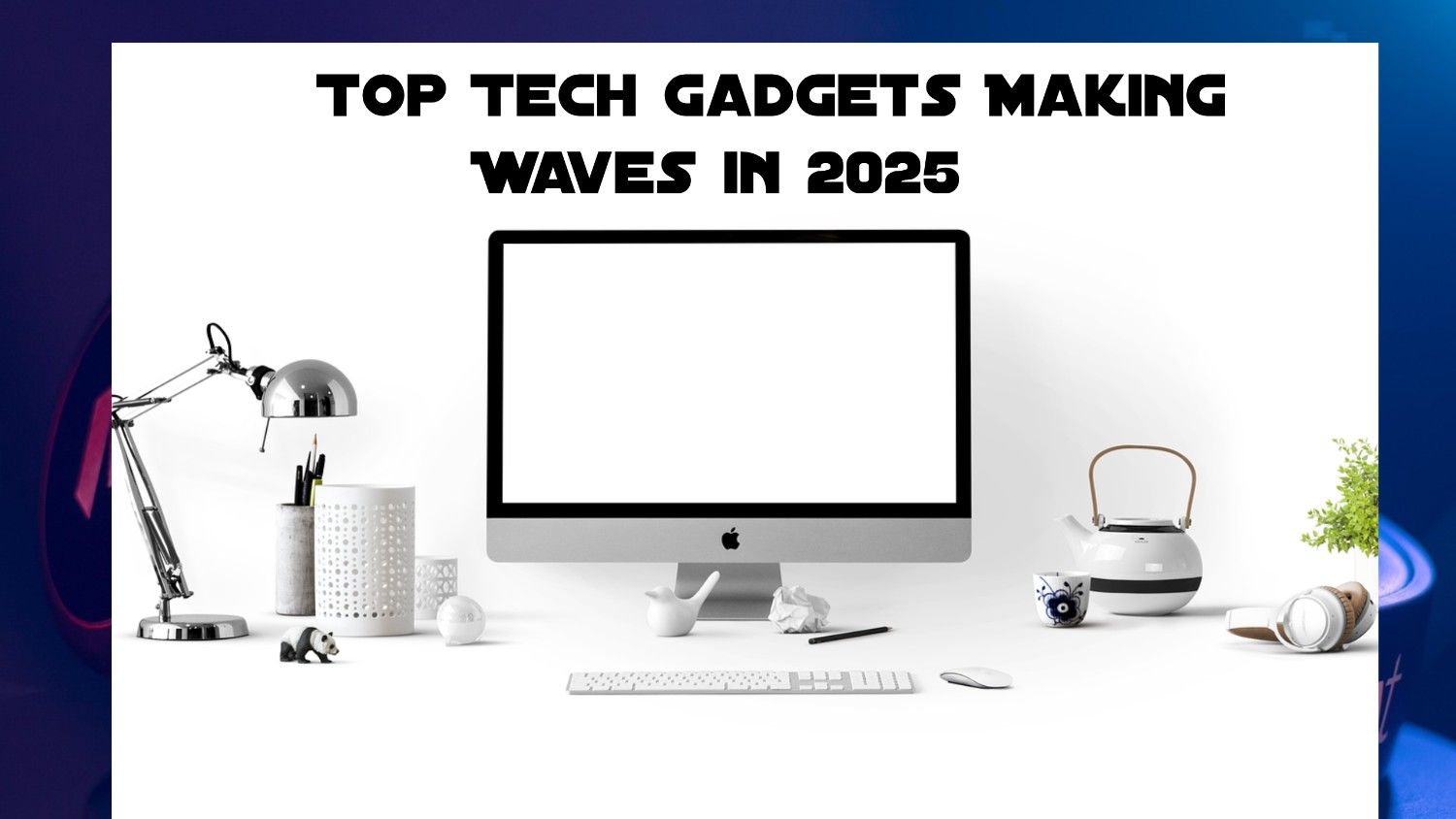
Technology comes as part and parcel of modern life, bringing convenience, connectivity, and endless entertainment. However, the presence of screens—be it smartphones, tablets, computers, or televisions—has challenged many people’s screen time management. At the very least, too much screen time can have an adverse effect on physical health, mental well-being, and interpersonal relationships.
This article shares with you the best tips on handling screen time so that you may get the benefits of technology without having to compromise on your overall well-being.
Effects of Excessive Screen Time
Before getting into tips, it is important to know the possible effects of excessive screen time:
Physical health issues: Prolonged screen use can cause eye strain, headaches, poor posture, and sleep disorders.
Mental health concerns: The overuse of screens, particularly on social media, contributes to anxiety, depression, and low self-esteem.
Diminished productivity: Screen distractions disrupt the flow of work, school, or daily responsibility tasks.
Blunted personal relationship connections: Long hours on computers, smart phones, and electronic tablets reduce personal time spent connecting in person with family and friends. Screens will be a part of this tech age, but mindful management can overcome such drawbacks.
Tips for Managing Screen Time
1. Set Screen Time Limits
Set clear boundaries on the amount of time you and your family spend on screens every day. Utilize features like Screen Time on iOS or Digital Wellbeing on Android to track and enforce limits. Stay within those limits, especially for non-essential activities such as social media or video streaming.
2. Establish Screen-Free Zones
Designate bedrooms, dining rooms, and bathroom areas as screen-free zones. This develops healthier habits, such as eating your meals without distractions and also promoting better sleep hygiene.
3. Quality Over Quantity
Not all screen time is the same. Distinguish between doing meaningful tasks, including online classes and tasks for school or work, and mindless timekillers such as games and scrolling down social media sites. Concentrate on the value-add content to enhance your intellect and creativeness.
4. Use Offline Hobbies
Promote non-screen hobbies and activities. Encourage reading physical books, engaging in sports, playing board games, or creating something through painting or gardening. This helps to create balance in life and not be a slave to digital entertainment.
5. Model Healthy Behavior
Children and adolescents tend to mimic adult behaviors. The children can be encouraged to adapt healthy screen habits if you make an example by avoiding using the phone when there is family time or making choices between offline activities.
6. Create Screen-Free Breaks
Implement the 20-20-20 rule to avoid eye strain: Every 20 minutes, look at something 20 feet away for 20 seconds. Additionally, take longer breaks if you are on the computer for a long time to stretch, hydrate, and relax.
7. Use Technology to Control
Ironically, technology itself provides some tools to help control screen time. Apps such as RescueTime, Freedom, and StayFocusd can block distracting sites and apps, helping you stay on track with your goals.
8. Set Bedtime Boundaries
Limit screen use at least one hour before bedtime to avoid blue light exposure, which disrupts the body’s natural sleep-wake cycle. Instead, wind down with relaxing activities like reading, journaling, or meditating.
9. Involve the Entire Family
Discuss the importance of screen time management with your family and create a collective plan. Agreeing on rules together ensures accountability and makes it easier to stick to shared goals.
10. Work-Life Balance
If your work involves extensive screen time, also strike a balance between working and leisurely time spent off-screen. Take regular breaks during office hours and don’t carry work-related screen usage into personal time.
Screen Time Management for Kids
Children have a special vulnerability to being impacted by too much screen time. Here are some supplementary strategies that are more specific to younger users:
Set limits appropriate to your child’s age: Guidelines from organizations such as the American Academy of Pediatrics call for less than one hour per day of screen-based activities in children aged 2-5 years.
Watch and play with them: Co-view means viewing the content, perhaps even playing some games with them. This will create time to discuss things, even to bond as a family.
Be active outdoors: Active play reduces time spent on the screens.
Use screens as a tool, not a crutch: Save screen time for educational purposes or occasional entertainment rather than as a default way to keep children occupied.
Overcoming Challenges in Screen Time Management
Managing screen time can be challenging, especially when work, education, and entertainment heavily rely on technology. Here are strategies to overcome common hurdles:
Combat boredom: Have a list of offline activities ready to fill downtime.
Handle resistance: As children or teens resist limits that are placed on them. Explain the benefits of spending less time on screens like being able to focus better and having more energy.
Gradually adjust: If screen time habits go deep, start by setting small changes, such as reducing usage by 15 minutes daily, and increase progressively.
Benefits of Balanced Screen Use
Adopting all these practices leads to very many benefits:
Improved physical health: Reduced eye strain and better sleep quality.
Enhanced relationships: More time for meaningful interactions with loved ones.
Greater productivity: Increased focus on work or studies.
Mental clarity: Reduced stress and anxiety from screen-related overexposure.
Conclusion
In a world filled with technology, screens are inevitable, but it is possible to manage their effects with conscious effort and strategy. Set limits, encourage offline activities, and model healthy behavior, and you are sure to have a balanced relationship with technology. Remember, the idea is not to eliminate screen time but to use it mindfully and purposefully.
Implement these tips to lead a healthier, more connected life, ensuring technology enhances rather than dominates your daily experiences.








